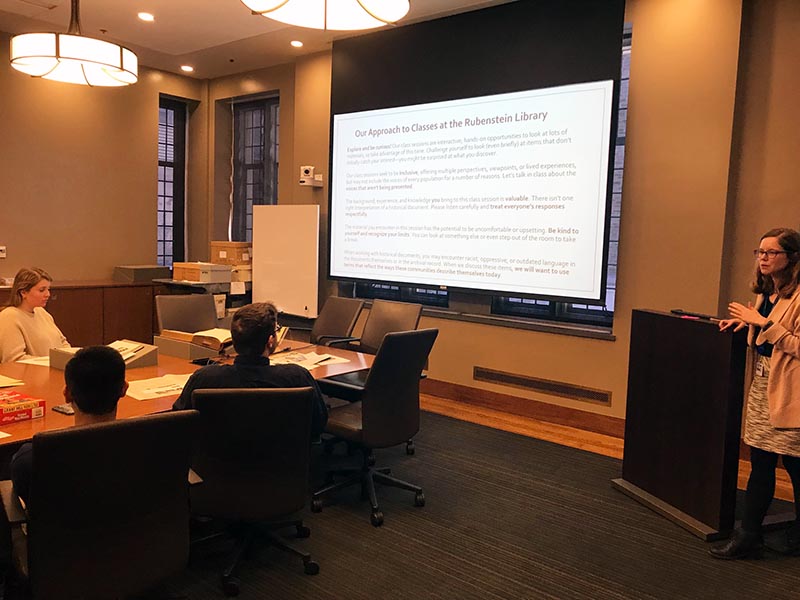Post contributed by Lucy VanderKamp, Stacks Manager (Library Associate for Research Services)

I came across this 1925 cookbook – Foods from Sunny Lands – and it struck a chord: I had just made a date and nut bar to keep me eating healthy snacks. It seems we may not be the only household requiring gummy bears to fill some sort of stay-at-home-related need for sugary, fruity, chewy wads (out of stock on Amazon!). Dates could be a good alternative!
As may be expected from an American cookbook from 1925, this book depicts people of color one-dimensionally and seems to romanticize and exoticize Middle Eastern culture and foods.
The authors also make many grandiose claims about health and diet. There are a couple statements that seem imminently modern, though! This from page 12: “If we were to reduce our quota of white bread, cane sugar, candy and often too generous meat ration… substituting more green vegetables and sun-ripened fruits… we should pay the doctor and dentist a great deal less.” Same story 100 years later!
On to the recipes! I tried the three below thinking I’d only have to “cut small” pieces of dates one time. I also felt the need for muffins and two types of cookies – don’t ask me why.
Rich Date Muffins

For the muffins, I opted to not use 4 teaspoons of baking powder. I bake muffins often and none of my recipes call for anywhere near this amount. Maybe there was something different about baking powder 100 years ago? I went with 2 teaspoons. Also, I added one mashed banana for some additional sweetness (2 tablespoons of sugar isn’t very much!). These turned out fine, a little doughy, not what I would call “rich,” but fine.

Date Crisps

The crisps turned out tasty but definitely not “crisp.” I even tried letting a few get very dark to see if they’d crisp up. They didn’t.
The dough was super hard to work with, too. I tried chilling it for 20 minutes to see if it’d be less wet but that didn’t really help. I added a ton of flour to keep it from sticking during the rolling out but I wasn’t able to get it very thin. Maybe ¼ inch. They also needed to cook about twice as long as the recipe said. Maybe because they were too thick? Oh and also, it’s hard to cut out rounds when there are chunks of dates in the cookies! But I might recommend these. Very sweet and a nice soft texture.

Date and Nut Meringue
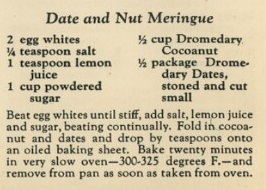
And the meringues… these turned out good! I used ½ cup chopped dates as I didn’t know what “½ package” would’ve been. Also, I’ve made meringues a couple times and had usually left them to cool in the oven so I did that. I took them out after about 20-30 minutes in the turned-off oven.

A few things I learned as a result of this cookbook:
-
- This Hills Brothers Company (think cans of terrible coffee) created Dromedary Food Products in the early 1900s.
- Dromedary is the word for Arabian Camel.
- One of the main factors in the success of Dromedary Food Products was an effort to alter the American consumer’s view of “packaged food.” Prior to this, when fresh food was wrapped up in a package it was because it was damaged, unattractive, or slightly old. The advertising campaigns for Dromedary focused on the usefulness of varying sizes of packages and the freshness they provided.
- Dates were touted as a good source of “lime” on page 4 of this cookbook by Dr. John Harvey Kellogg – famous corn flakes inventor also known for his pro-Eugenics views and for running a tuberculosis sanitarium. Lime starvation was noted as a harbinger to or result of tuberculosis.




 The Rubenstein Rare Book & Manuscript Library is pleased to announce the recipients of the 2020-2021 travel grants. Our research centers annually award travel grants to students, scholars, and independent researches through a competitive application process. We extend a warm congratulations to this year’s awardees. We look forward to meeting and working with you!
The Rubenstein Rare Book & Manuscript Library is pleased to announce the recipients of the 2020-2021 travel grants. Our research centers annually award travel grants to students, scholars, and independent researches through a competitive application process. We extend a warm congratulations to this year’s awardees. We look forward to meeting and working with you!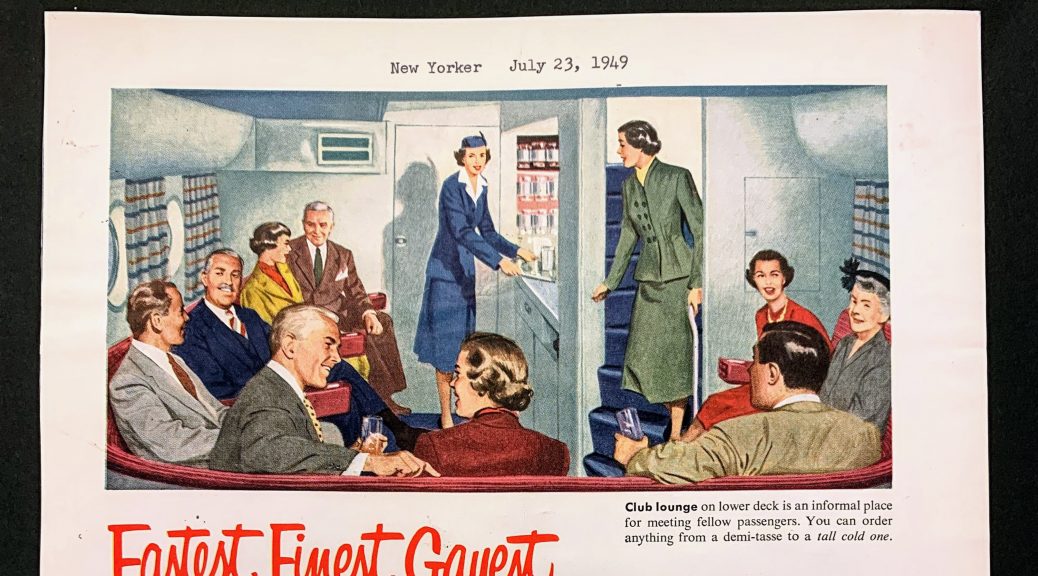










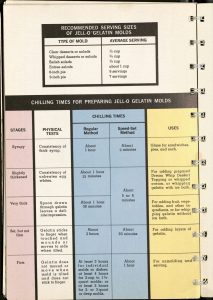

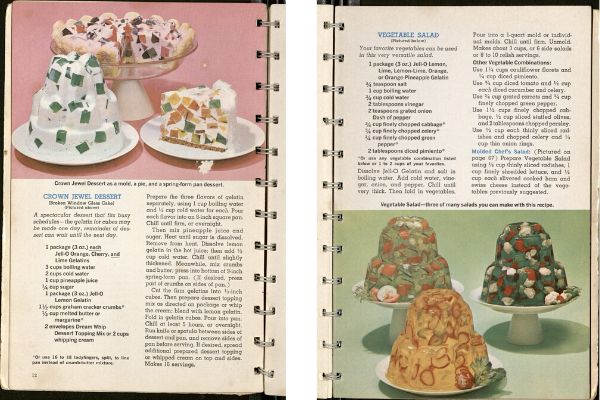


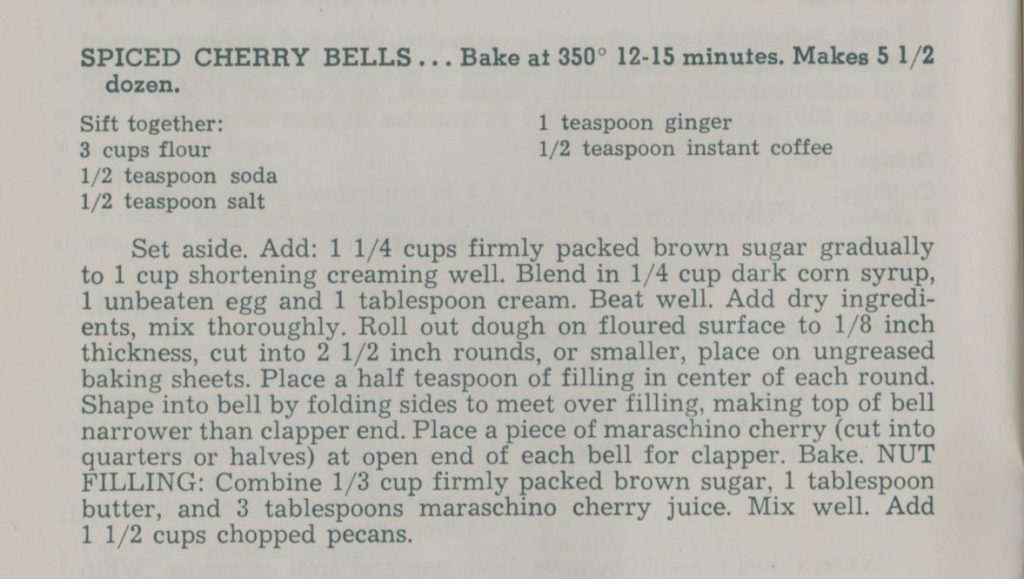


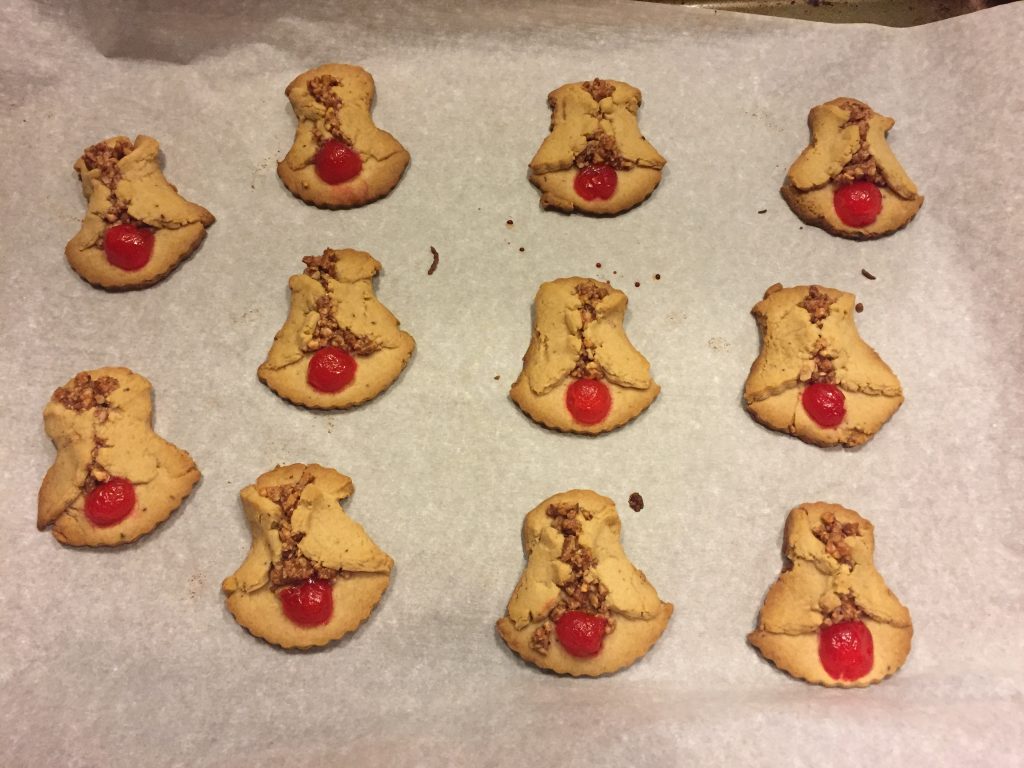


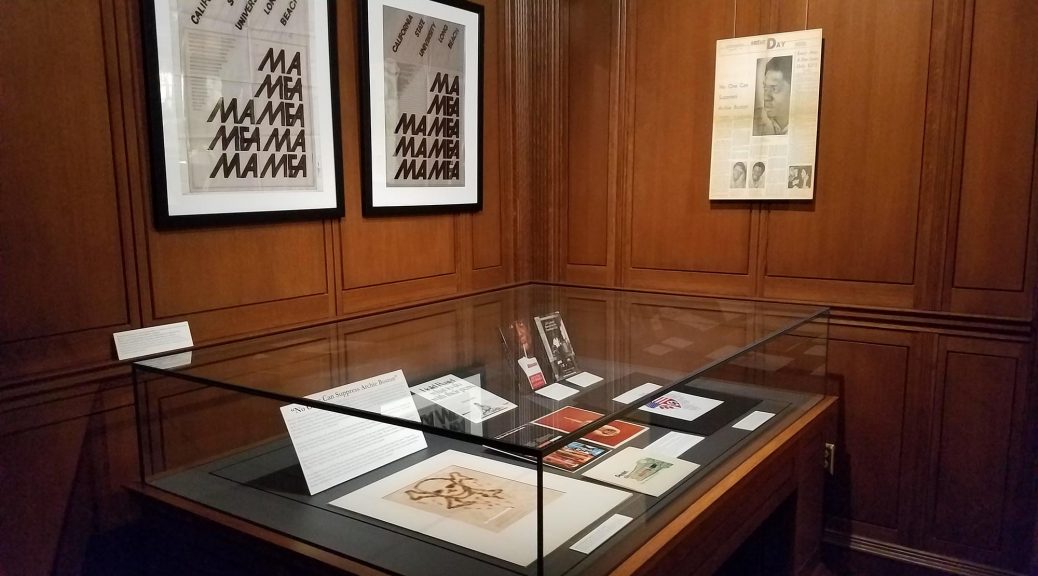
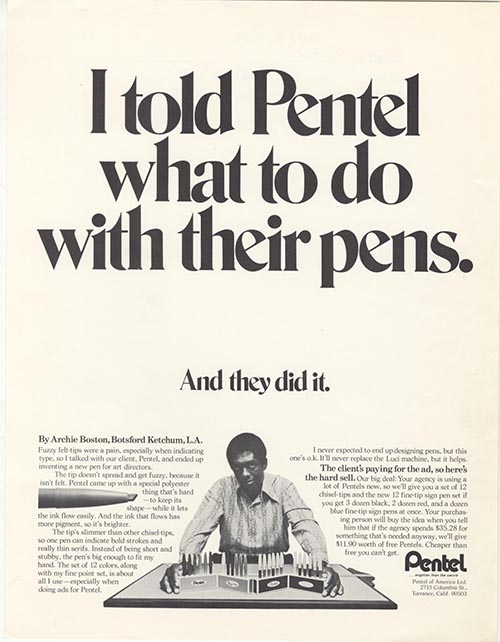 Boston later worked at the ad agency Botsford & Ketchum where he developed one of his most famous ads for Pentel that boasted the caption, “I told Pentel what to do with their pens.” By placing himself at the center of the ad, Boston subverted the usually invisible presence of the advertising executive. At a time when very few African-Americans worked in advertising, the ad also announced a subtle shift in the demographics of the industry.
Boston later worked at the ad agency Botsford & Ketchum where he developed one of his most famous ads for Pentel that boasted the caption, “I told Pentel what to do with their pens.” By placing himself at the center of the ad, Boston subverted the usually invisible presence of the advertising executive. At a time when very few African-Americans worked in advertising, the ad also announced a subtle shift in the demographics of the industry.


